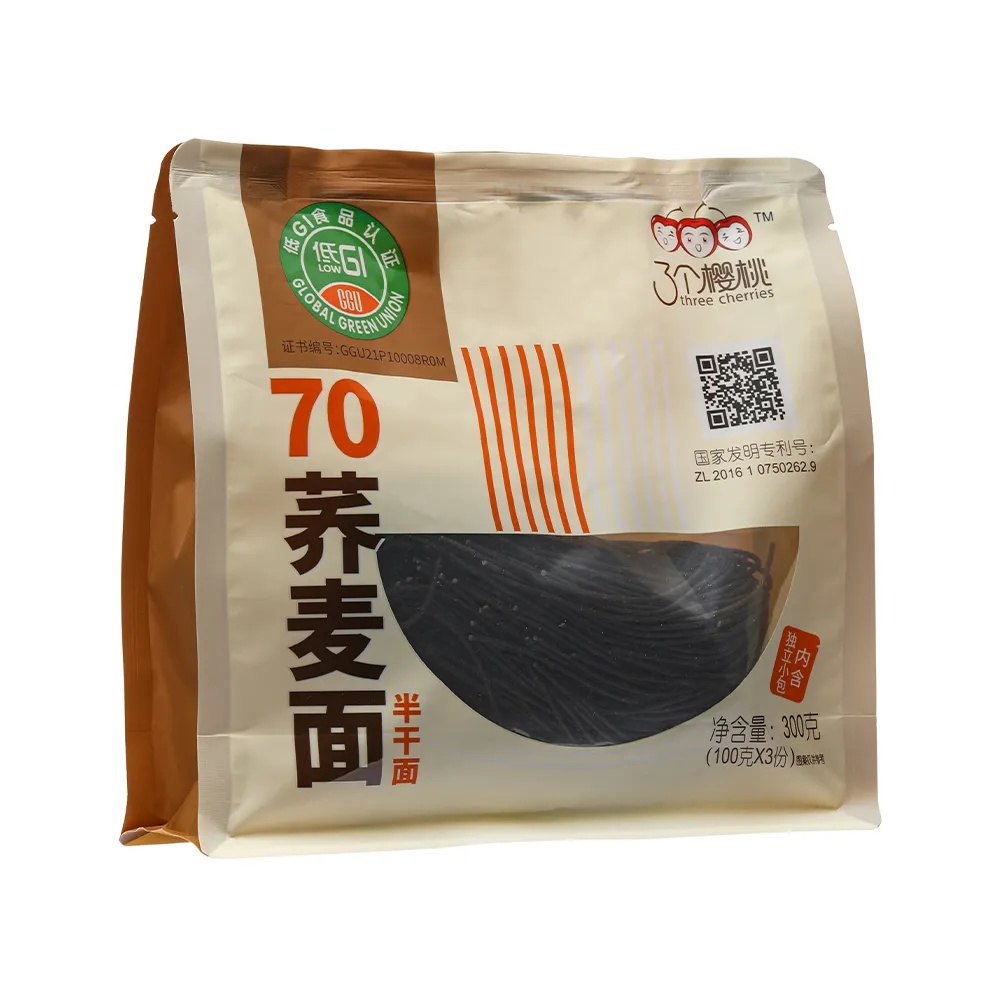soba is made of
Soba A Delightful Japanese Noodle Made of Buckwheat
Soba noodles, a beloved staple in Japanese cuisine, are revered not only for their delectable taste but also for their remarkable nutritional profile. Made primarily from buckwheat flour, soba offers a unique flavor and texture that distinguishes it from other types of noodles. This article delves into the origins, preparation methods, and the health benefits of soba, highlighting why it deserves a special place in our diets.
Origins of Soba
The history of soba dates back several centuries, with its roots believed to be in the mountainous regions of Japan, where buckwheat was cultivated for its hardiness and adaptability to different climates. Initially consumed by the laborers and farmers of the region, soba quickly became popular across the entire country. Despite its rustic origins, soba has evolved into a dish enjoyed in various forms, from simple handmade noodles served cold with dipping sauce to complex warm soups adorned with seasonal ingredients.
Preparation of Soba
Making soba requires a blend of skill and tradition. Traditional soba chefs meticulously sift together buckwheat flour and a small amount of wheat flour, which helps in binding the dough. The ratio of buckwheat to wheat flour can vary, with some opting for 100% buckwheat for an authentic taste, while others use a combination to enhance elasticity. The blending of flours is often considered an art form, with each chef perfecting their unique blend over time.
Once the flour is prepared, water is gradually added to form a smooth, pliable dough. This dough is then rolled out into a thin sheet, which is subsequently cut into long, thin strands. The careful cutting process is crucial, as the thickness of the noodles can significantly affect cooking time and texture.
Cooking soba is relatively quick and straightforward. The noodles are typically boiled in water for just a few minutes until they reach the desired al dente texture. Given their delicate nature, it is essential to watch them closely to prevent overcooking. Once ready, the soba is drained and often rinsed under cold water, especially when served cold, to remove excess starch and enhance their refreshing taste.
Culinary Versatility
soba is made of

Soba can be enjoyed in various ways. One popular dish is zaru soba, where the cold noodles are served on a bamboo mat alongside a dipping sauce made from soy sauce, mirin, and dashi. Toppings like finely chopped green onions, wasabi, and nori can be added to enhance the flavor and presentation.
In addition to cold presentations, soba can also be served warm in a comforting broth, known as soba soup. This dish often includes seasonal vegetables and proteins such as tempura or tofu, making it a hearty meal perfect for colder months.
Health Benefits
One of the most compelling reasons to incorporate soba into our diets is its health benefits. Buckwheat is rich in essential nutrients, including protein, fiber, and micronutrients. Unlike regular wheat flour, buckwheat is gluten-free, making it an excellent choice for those with gluten sensitivities or celiac disease.
Furthermore, soba noodles have a low glycemic index, which means they release energy slowly into the bloodstream, helping to manage blood sugar levels. This characteristic makes soba a fantastic option for those looking to maintain stable energy levels throughout the day.
Buckwheat is also known for its antioxidant properties, which can help combat oxidative stress and reduce the risk of chronic diseases. The presence of rutin, a type of flavonoid found in buckwheat, has been linked to improved heart health and better circulation.
Conclusion
Soba, made primarily of buckwheat, is more than just a delicious noodle; it represents a rich culinary tradition and offers numerous health benefits. Its versatility in the kitchen means it can be enjoyed in countless ways, appealing both to traditionalists and modern culinary adventurers. As more people become aware of its nutritional advantages and mouthwatering taste, soba is sure to become a staple not just in Japanese households but around the world. Whether enjoyed cold in a refreshing dish or warm in a comforting bowl of soup, soba is undoubtedly a delightful addition to any culinary repertoire.
-
Is Whole Wheat Pasta Healthy?NewsMay.30,2025
-
Are Soba Noodles Good for Weight Loss?NewsMay.30,2025
-
Are Buckwheat Soba Noodles Healthy?NewsMay.30,2025
-
Are Buckwheat Soba Noodles Gluten Free?NewsMay.30,2025
-
Are Buckwheat Noodles Good for You?NewsMay.30,2025
-
A Healthy Way to Savor Soba and Spicy FlavorsNewsMay.30,2025
-
What Are Lanzhou Noodles?NewsMay.30,2025
Browse qua the following product new the we

















































































































